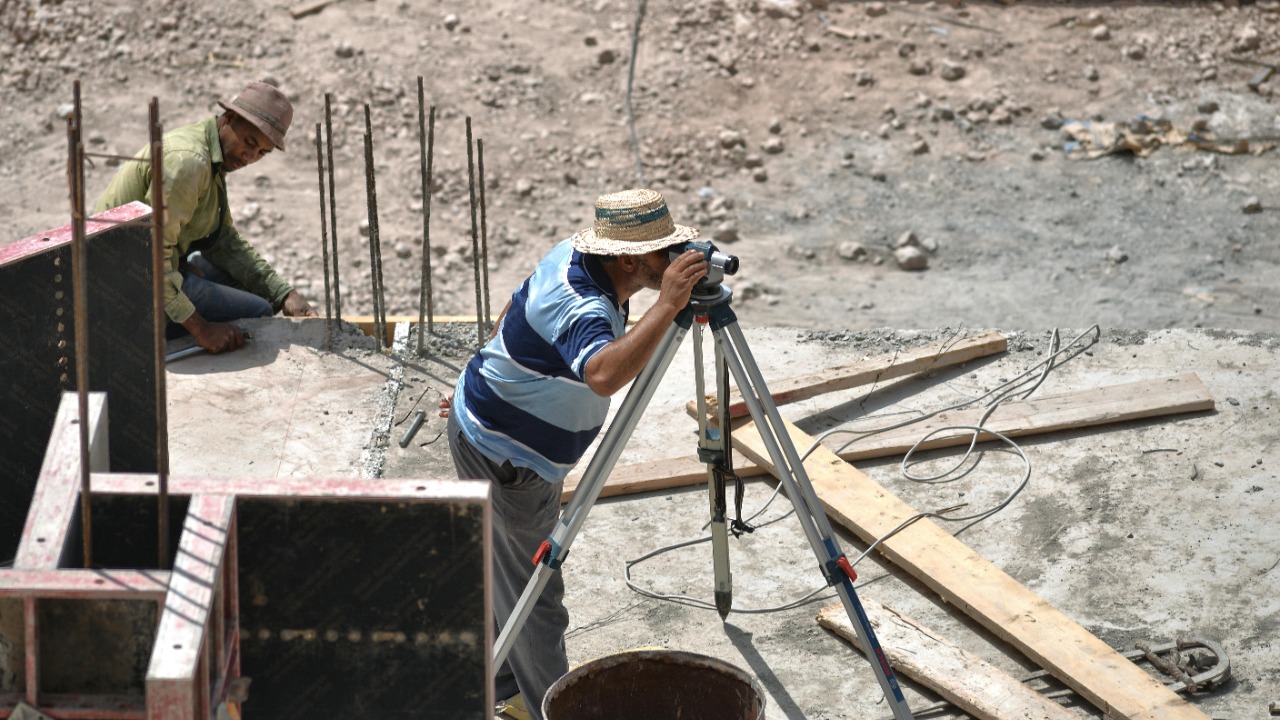
A recent scientific breakthrough has unveiled a captivating genetic link between the ancient civilizations of Egypt and Mesopotamia. Delving into the DNA of a 4,600-year-old skeleton, researchers have illuminated a new dimension to our understanding of historical interactions and migrations in these regions.
Unearthed Skeleton: A Key to the Past

The skeleton was discovered in a remote location in Egypt, offering a rare glimpse into the past. Archaeologists found the skeleton in an ancient burial site, which is believed to be a significant trading hub during that time. The estimated age of the skeleton, around 4,600 years old, places it within the early Dynastic period of Egypt, a critical era in the development of the Egyptian civilization.
The skeleton’s location and age have significant historical and archaeological implications. The site of discovery suggests that the individual may have been a part of the trading community, possibly providing a link between Egypt and surrounding civilizations. The period corresponds to a time of intense cultural development and interaction, making the skeleton a potential key to unlocking new historical insights. For more information on the discovery, check out this news report.
Analyzing Ancient DNA: Techniques and Challenges

Researchers used advanced DNA sequencing and analysis techniques to study the genetic material from the skeleton. This involved extracting and purifying the DNA, followed by sequencing and bioinformatics analysis to identify the genetic markers that link the skeleton to specific populations.
However, working with ancient DNA presents numerous challenges. DNA degrades over time and can be contaminated by the environment or handling. Despite these limitations, the researchers were able to obtain a clear genetic profile of the skeleton. For a more in-depth understanding of the techniques used, refer to this scientific publication.
Revealing Genetic Links: Egypt and Mesopotamia

The DNA analysis revealed that the skeleton had significant genetic markers associated with both ancient Egypt and Mesopotamia. This is groundbreaking because it suggests a previously unknown genetic link between these two civilizations, highlighting a more complex pattern of interactions and migrations than previously assumed.
This discovery provides robust evidence supporting theories of historical trade and interaction between Egypt and Mesopotamia. It suggests that these connections were not just economic or cultural, but also genetic, with individuals moving between these areas and contributing to the genetic makeup of both regions. This research is further elaborated in this PBS report.
Implications for Historical Migrations and Interactions

These genetic findings shed new light on ancient migrations between Egypt and Mesopotamia. They suggest that there were likely more extensive movements of people between these regions than previously thought, adding a new layer of complexity to our understanding of these civilizations.
The genetic link could also have had significant impacts on trade, culture, and politics in these regions. It may have influenced the exchange of goods, ideas, and technologies, potentially driving innovation and cultural development in both civilizations. For more insights into the historical implications, you can read this book.
Future Research and Unanswered Questions

While the discovery is remarkable, it also raises more questions that require further research. For instance, how extensive was the genetic interchange between these civilizations? What were the specific routes and modes of migration? Answers to these questions will further enrich our understanding of these ancient civilizations.
The discovery also has broader implications for the study of ancient civilizations. It underscores the value of genetic research in archaeology, highlighting how DNA analysis can complement traditional archaeological methods to provide a more comprehensive picture of the past. As we continue to uncover such links, like the recent discovery of a medieval skeleton in Gdansk, we continue to rewrite our understanding of history.